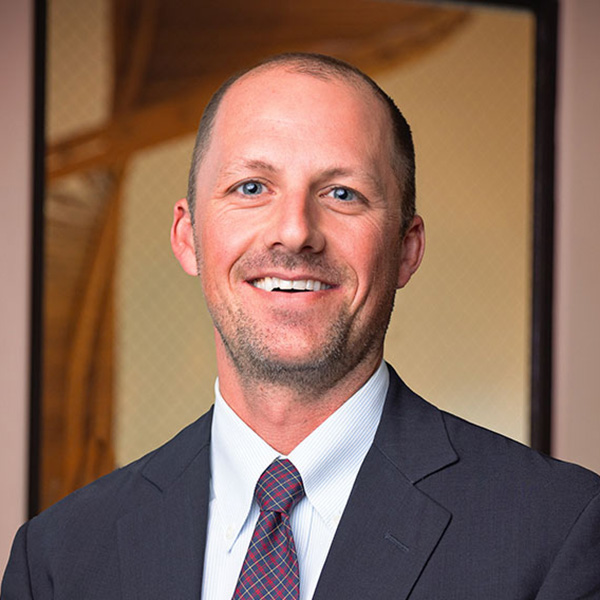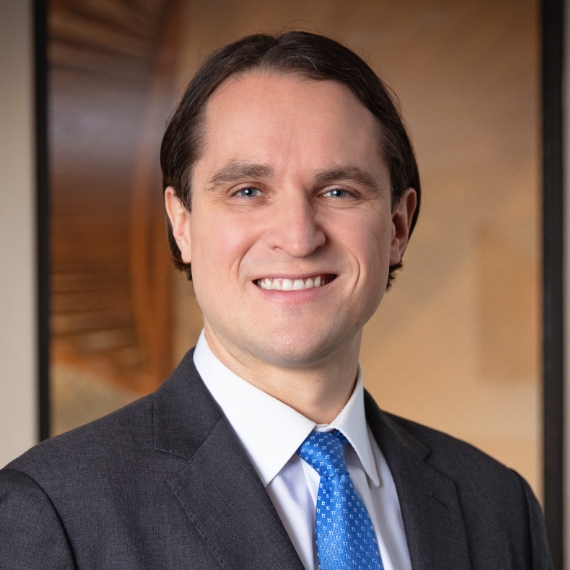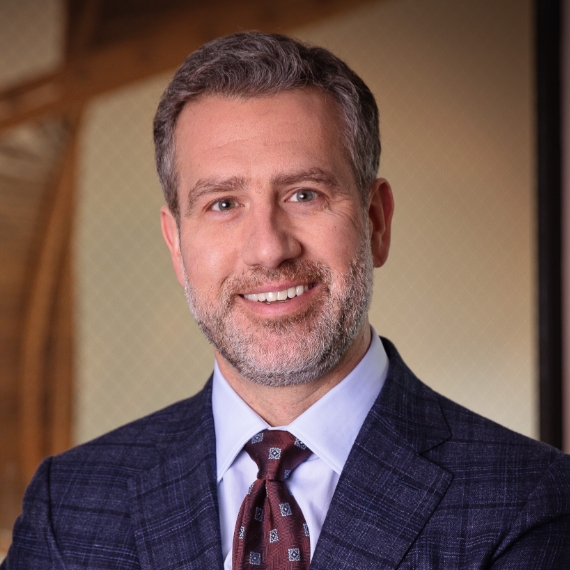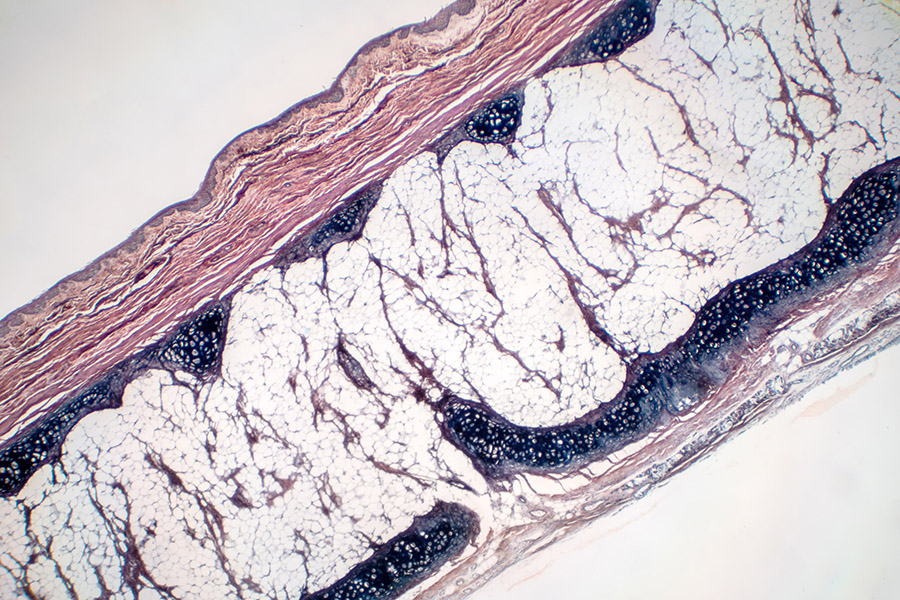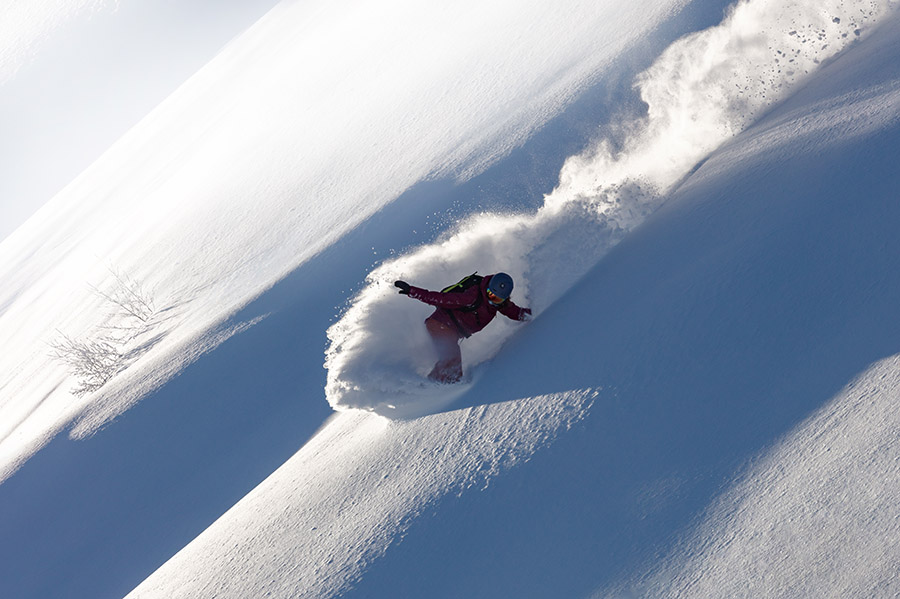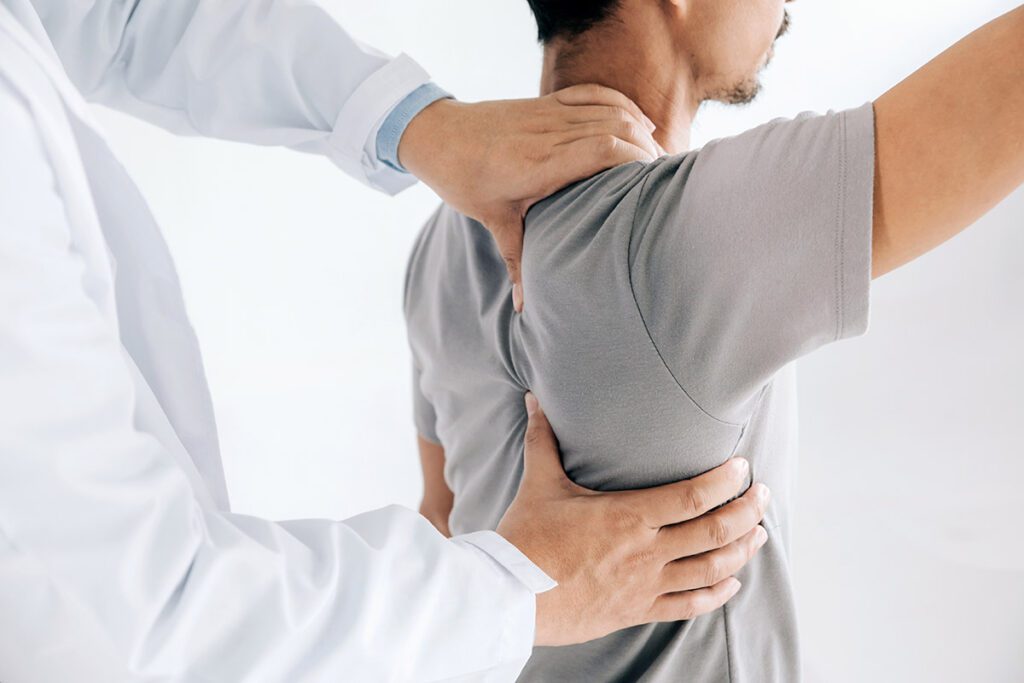

Shoulder Labral Tears
What is a Shoulder Labral Tear?
Shoulder labral tears commonly stem from traumatic injuries. These injuries may cause partial displacement (subluxation) or complete dislocation of the humerus from the socket, potentially resulting in labral detachment. Failure of the labrum to properly heal can lead to persistent shoulder instability, impacting long-term joint function.
What is the Shoulder Labrum?
The shoulder labrum, a durable type of cartilage, encircles the edge of the shoulder blade’s socket, enhancing its depth. This structural element stabilizes the upper arm bone (humerus) within the socket, fortifying the shoulder’s ball-and-socket joint.
Functionally, the shoulder labrum bolsters the joint’s stability. It also serves as an anchor for shoulder ligaments (connecting bone-to-bone) and a section of the biceps tendon. Should the labrum suffer a tear, it can profoundly impact joint stability and, in severe cases, lead to tendon detachment.
Labral Tear Symptoms & Causes
A person with a shoulder labral tear may experience varying symptoms, depending on the type of tear. Here are the most common symptoms:
- Pain in the shoulder during specific movements
- Shoulder discomfort even at rest
- Shoulder weakness
- Sensations of grinding, catching, or locking during shoulder movements
- Potential shoulder dislocations
Types of Shoulder Labral Tears
The shoulder labrum typically maintains a secure attachment to the socket area of the shoulder blade, yet certain regions entail less firm connections. Among the most prevalent shoulder injuries are two distinct types of labral tears based on their locations.
The Superior Labral Anterior to Posterior (SLAP) tear occurs at the front of the shoulder, where the biceps tendon connects. This injury often results from repetitive high-energy motions, particularly those involving overhead activities. Athletes engaged in activities like pitching or volleyball exhibit higher susceptibility to this injury.
Notable SLAP tear symptoms encompass persistent pain in the front shoulder region adjacent to the biceps tendon.
Bankart tears frequently originate from shoulder dislocations. When the humerus ball entirely dislodges from the socket, it can forcibly tug the lower portion of the labrum forward or back, resulting in its tear. This lower labral tear significantly contributes to shoulder instability, predisposing the joint to future dislocations.
Symptoms associated with Bankart tears include a prevailing sense of apprehension, especially during specific shoulder movements that might trigger a feeling of impending dislocation.
A posterior labral tear denotes a tear at the rear of the shoulder joint, typically associated with internal impingement affecting the rotator cuff muscles and the labrum.
Diagnosing a Shoulder Labral Tear
Diagnosing a shoulder labral tear poses challenges due to the complexity of the joint. The injury also overlaps with the symptoms of other shoulder injuries. To accurately diagnose and verify the presence of a shoulder labral tear, several diagnostic procedures are utilized:
- Conducting a comprehensive interview to gather pertinent health history, including familial shoulder conditions and past injuries.
- A thorough physical examination to assess the location of pain, gauge range of motion, and identify specific signs and symptoms.
- Utilizing X-rays to evaluate the condition of the shoulder bones and ascertain any abnormalities.
- Employing MRI or CT scans to acquire detailed imagery of the tissues surrounding the shoulder joint. These imaging methods exhibit an accuracy range of 80-85% in confirming labral tears resulting from subluxation or dislocation. However, their effectiveness in ensuring SLAP tears is comparatively limited.
- Performing shoulder arthroscopy involves the insertion of a small camera through a minor incision into the affected area. This procedure serves as a direct means to confirm the presence of a labral tear as well as proceed with the surgery.
Shoulder Labral Tear Treatment
When addressing fraying or minor labral tearing, conservative treatment options are typically recommended. With physical therapy, the recovery period might extend to approximately six weeks. Essential treatments encompass:
- Pain management approaches:
- Utilization of ice packs to alleviate pain and reduce swelling
- Administration of anti-inflammatory medications
- Modification of activities to prevent undue stress on the shoulder
- Consideration of corticosteroid injections in cases where pain disrupts sleep or hampers progress during physical therapy sessions
- Restoration of mobility post-injury through prescribed range-of-motion exercises
- Strengthening of shoulder muscles to bolster joint stabilization, involving dedicated strengthening exercises.
Shoulder Labral Tear Surgery
In instances of severe tearing or negligible improvement following conservative treatments, surgical intervention may be recommended.
Shoulder Arthroscopy
Shoulder arthroscopy represents a minimally invasive surgical approach. This procedure utilizes small surgical instruments guided by a miniature camera to either trim or reattach the torn labrum to the socket. This type of surgery results in less scarring, postoperative pain, and tissue damage with shorter recovery time.
Open Shoulder Surgery
Open shoulder surgery presents a more direct and comprehensive approach for situations where arthroscopy proves unsuitable or when the tear remains imperceptible through an arthroscopic lens.


Recovery from Shoulder Labral Tear Surgery
Post-surgery recovery varies based on diverse factors, including age, injury severity, and concurrent conditions.
Following surgery, the shoulder remains immobilized in a sling for 4-6 weeks. Subsequently, an additional 4-6 weeks of physical therapy rehabilitation is necessary post-healing to restore strength to the repaired labral tear. Athletes might require up to a year for a complete recovery.
If you suspect that you may have a shoulder labral tear, schedule an appointment with us today for an examination, diagnosis, and treatment.
Shoulder Labral Tear Treatment
When addressing fraying or minor labral tearing, conservative treatment options are typically recommended. With physical therapy, the recovery period might extend to approximately six weeks. Essential treatments encompass:
- Pain management approaches:
- Utilization of ice packs to alleviate pain and reduce swelling
- Administration of anti-inflammatory medications
- Modification of activities to prevent undue stress on the shoulder
- Consideration of corticosteroid injections in cases where pain disrupts sleep or hampers progress during physical therapy sessions
- Restoration of mobility post-injury through prescribed range-of-motion exercises
- Strengthening of shoulder muscles to bolster joint stabilization, involving dedicated strengthening exercises.
Shoulder Labral Tear Surgery
In instances of severe tearing or negligible improvement following conservative treatments, surgical intervention may be recommended.
Shoulder Arthroscopy
Shoulder arthroscopy represents a minimally invasive surgical approach. This procedure utilizes small surgical instruments guided by a miniature camera to either trim or reattach the torn labrum to the socket. This type of surgery results in less scarring, postoperative pain, and tissue damage with shorter recovery time.
Open Shoulder Surgery
Open shoulder surgery presents a more direct and comprehensive approach for situations where arthroscopy proves unsuitable or when the tear remains imperceptible through an arthroscopic lens.
Shoulder Doctors
- Foot and Ankle Orthopedic Surgery
- Knee Orthopedic Surgery
- Shoulder Orthopedic Surgery
- Sports Medicine
- Knee/Foot/Ankle
- Orthopedic Sports Medicine
- Orthopedic Surgery
- Complex Knee
- Shoulder
- Sports Medicine

